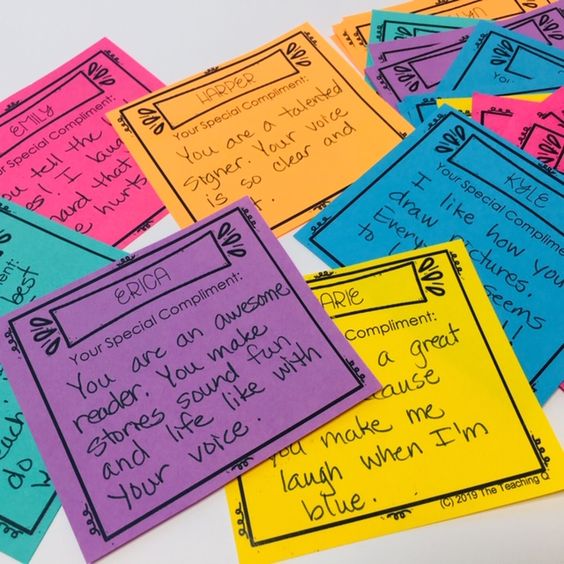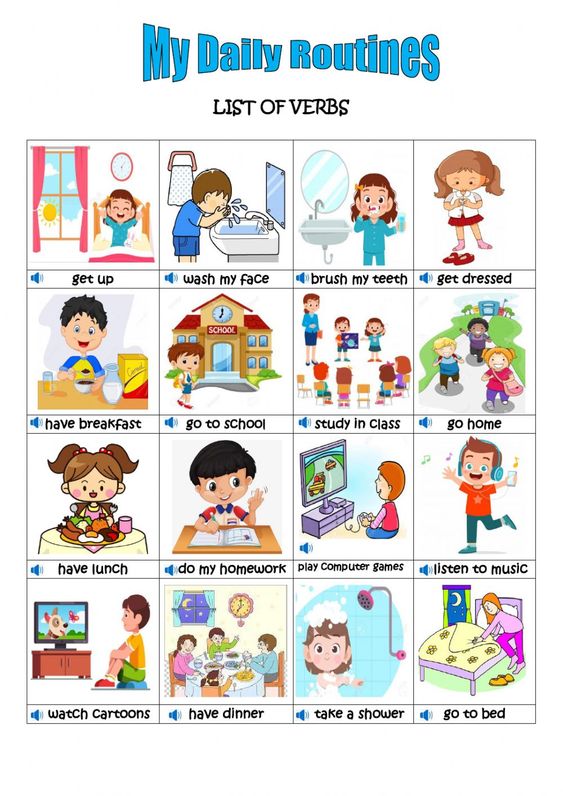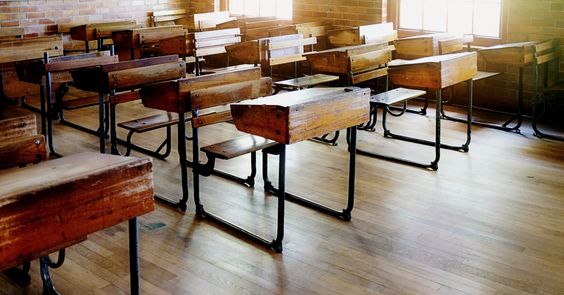Introduction:
There’s no denying that being a teacher can be tough, especially in today’s fast-paced and ever-changing world. But amidst the challenges, there are bright spots – moments where a student’s words or actions can touch a teacher’s heart and remind them of why they chose this noble profession. We’ve gathered stories from teachers across the globe to share some of the sweetest compliments they’ve received from their students.
A Genuine Connection:
One elementary school teacher recalled the day a student complimented her on her ability to connect with each child and make them feel valued. “You’re like my second mom,” the student told her, surprising her with such a heartfelt sentiment. With that simple statement, the teacher was inspired to continue fostering genuine connections with students and provide an environment where they feel comfortable and cared for.
The Power of Kindness:
A high school chemical sciences teacher received a note from one of her students during Teacher Appreciation Week that read, “You have taught me the importance of kindness, even in the middle of chaos. Thank you for showing us what true strength looks like.” The compliment struck a chord with the teacher as it illustrated how character and compassion could make just as much of an impact as academic lessons.
A Lasting Impression:
Sometimes, compliments come years after a student has left the classroom. A former art teacher was approached by a student who’d graduated college and embarked on their professional career. They shared that it was their seventh-grade art class that had set them on a path to exploring creativity, eventually leading to their successful design career. Hearing this made the retired teacher realize how far-reaching an educator’s influence can be.
Stepping into Students’ Shoes:
An English language teacher recounted how one day, after planning an engaging lesson using creative teaching methods, they were surprised by the grateful acknowledgment from one of their students. “You really understand how to make learning fun and know what we need to learn better,” the student expressed. The teacher felt encouraged to continue adapting their approaches to better suit their students’ needs.
A Lifelong Mentor:
For some teachers, the bond formed with a student stretches far beyond the classroom. One music teacher was humbled when a former student named him as their mentor during an acceptance speech for receiving a prestigious music award. Hearing this reminded the teacher that while academic success is important, being there to support and nurture a student’s dreams and aspirations might be even more significant.
Conclusion:
Teaching can sometimes feel like an uphill battle, but these touching compliments teachers have received from their students are proof that educators truly have the power to touch lives, inspire dreams, and make a difference. A kind word or gesture can go a long way in reminding teachers why they are essential pillars of society, whose impact is felt for generations to come.











